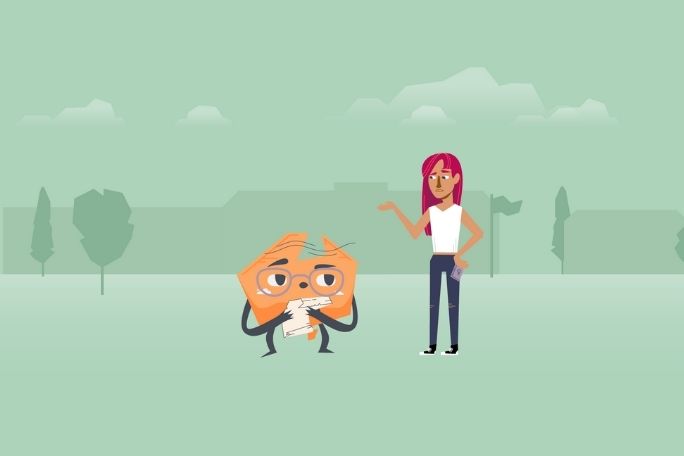Lesson summary
In this Tuning In lesson, students will be introduced to the concepts of rights and freedoms. They will consider their own views on a set of statements about rights and freedoms then demonstrate and share their opinions in a class opinion continuum. Students will use the ‘Think-Pair-Share’ visible thinking routine to explore their prior knowledge of rights and freedoms, then watch a short overview video. The class will then work together to consider what else they would like to know about rights and freedoms.
Essential question:
- What are human rights?
Lesson guides and printables
Curriculum links
Select your curriculum from the options below.
Lesson details
Curriculum mapping
(V9) Australian Curriculum content descriptions:
Year 7 Civics and Citizenship:
- Develop questions to investigate Australia’s political and legal systems, and contemporary civic issues (AC9HC7S01)
- How values based on freedom, respect, fairness and equality of opportunity can support social cohesion and democracy within Australian society (AC9HC7K05)
General capabilities: Literacy, Critical and Creative Thinking
Relevant parts of Year 7 achievement standards: Students describe the nature of Australian society, its cultural and religious diversity, and identify the values that support cohesion in Australian society. Students develop questions and locate, select and organise information from sources to investigate political and legal systems, and contemporary civic issues.
Unit of work: Story of Our Rights and Freedoms – Exploring Rights, Freedoms, and Constitutional Change
Time required: 60 mins.
Level of teacher scaffolding: Medium - facilitate class discussion and student movement around the classroom.
Resources required
- Student Worksheet – one copy per student OR computers/tablets to access the online worksheet
- Device capable of audio/visual presentation to present a website to the class. Agree/Disagree signs (print before class)
- Butcher’s paper (x 3) and markers, sticky notes (optional)
- UDHR Infographic (from Zen pencils.com)
Skills
This lesson is designed to build students’ competencies in the following skills:
- Communication
- Creativity
- Collaboration
- Curiosity
Additional info
Throughout the Story of Our Rights and Freedoms lessons, students will consider Civics and Citizenship concepts through a human rights lens. They will critically assess the Australian system of government and the effect that it has on our rights and freedoms.
There is no universally accepted definition of human rights, and our understanding is continually developing. Some definitions include:
- The recognition and respect of peoples’ dignity
- A set of moral and legal guidelines that promote and protect the recognition of our values, our identity and access to an adequate standard of living
- The basic standards by which we can identify and measure inequality and fairness
- Those rights associated with the Universal Declaration of Human Rights (UDHR)
When we talk about human rights we usually refer to principles that have been agreed upon by countries throughout the world. These rights have been set down in international agreements and form part of international law. They can also be written into the domestic law of individual countries. Human rights cover virtually every area of human life and activity. These include:
- Civil and political rights, such as freedom of speech and freedom from torture
- Economic and social rights, such as the rights to health and education
- Individual rights, including the right to a fair trial
- Collective rights, or those rights that apply to groups of people, such as the right to a healthy environment or to live on one’s ancestral land.
The UDHR is an international document that recognises the basic rights and fundamental freedoms to which all human beings are entitled. It was adopted by the United Nations General Assembly on 10 December 1948 and marks a key milestone in the history of human rights. The Magna Carta, though limited in who it protected, was an important precursor to the UDHR.
Click here to watch a video about the Magna Carta.
You can view the entire text of the Universal Declaration of Human Rights, and the other core international human rights treaties, on the United Nation’s website or by downloading RightsApp (free from the iTunes App store).


Welcome back!
Don't have an account yet?
Log in with:
Create your free Cool.org account.
Many of our resources are free, with an option to upgrade to Cool+ for premium content.
Already have an account?
Sign up with:
By signing up you accept Cool.org's Terms and Conditions(Opens in new tab) and Privacy Policy(Opens in new tab).